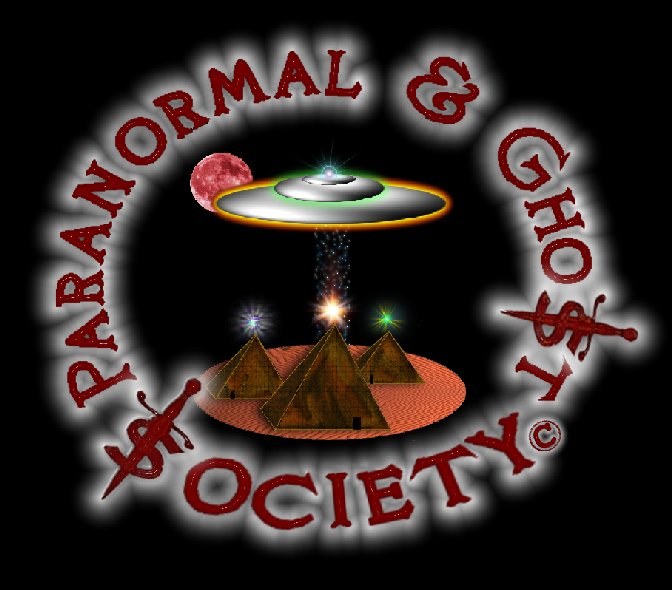|
|
||
|
Anastasia Island has a fairly large town built on
it but amongst the local structures is also a history very few ever knew
about regarding the importance of this island.
More then three centuries ago a quarry was located on this island which was at one time Native Americans hauled out blocks of rock from it. When that population died off or migrated south in FL the quarrying was left to African Slaves. Hand tools would be used to cut out blocks of the soft shell stone and squared were pried from the natural layers of rock. The blocks of coquina would then be loaded onto an ox drawn cart then barbed across the Matanzas bay to St. Augustine. Some of this coquina was used in the construction of Castillo De San Marcos, Fort Matanzas, Private Houses and even public buildings. So as you can see this was an important investigation for us because it has a connection to everything you currently see down St. Augustine. The island back in the 1500s was plagued by pirates and Spanish soldiers during that time always built their homes and forts out of pine trees or palmetto. The problem is that storms or fire could easily destroy such material. So the Spaniards wanted to discover a way to overcome this so they discovered this building material which is made of rock material deposits and broken shells. In the 1500s the Spaniards made a small gunpowder storage magazine it was not large but it was the start to many other structures that would follow with this type of material. In 1671 the quarrying increased and the Spanish called it "Cantera" which means in English Quarry. We investigated the main quarry on the island which has been worked into a state park but their are other ones very few people know about. Also near the site is the old St. Augustine Amphitheater which we also found on our hike. Coquina rock is fairly soft and its easy to cut while in the ground. Once exposed to the air it can harden. The Spaniards learned to water proof this rock by coating them in plaster and paint. The test eventually did come when Fort Castillo was bombarded the walls absorbed all the cannon balls. Eventually the British used it in 1763 and then the Americans in 1821. Alot of places we go are coquina structures even most of the sugar mill plantations. Wandering the island was a real treat here we sort of felt like pirates stuck on an island. We could hear the ocean near by as we walked the dark sandy trails. I have to admit this was more fun then haunted by the history here is quite interesting when you think about pirates and centuries of quarrying being done. Some of you are probably not aware of it but we investigated the lighthouse which is also on this island and we got some good ghost activity hearing the little girls that haunt it late one night. I mean the island is what it is its haunted but when people hear of this island they directly think lighthouse very few are aware of the old quarry. You can read more about the lighthouse on the island by Clicking Here: Saint Augustine Lighthouse which we also investigated and explored. © By Lord Rick-AngelOfThyNight
|
|
|
|
|
|

























